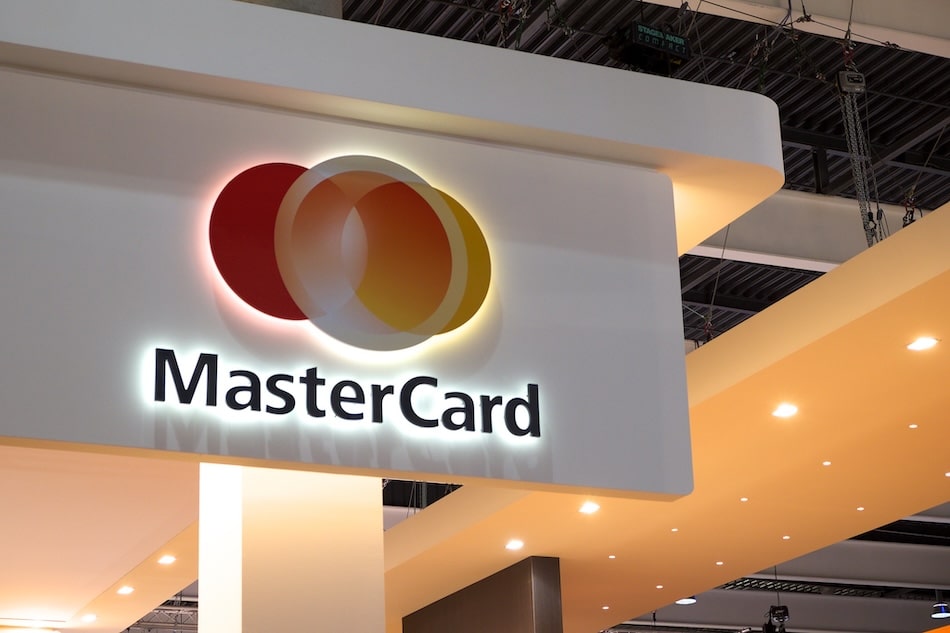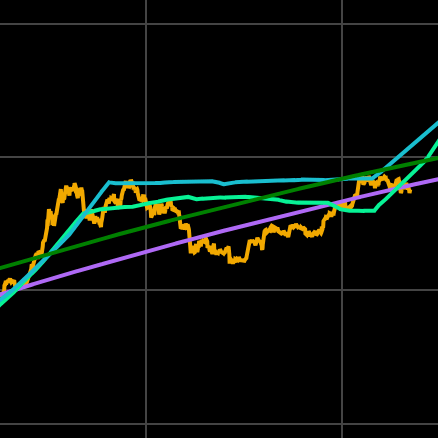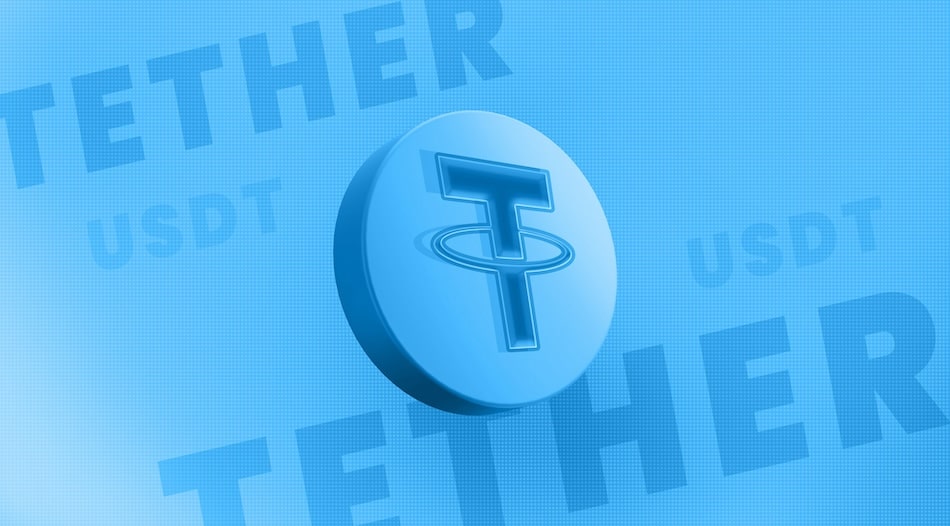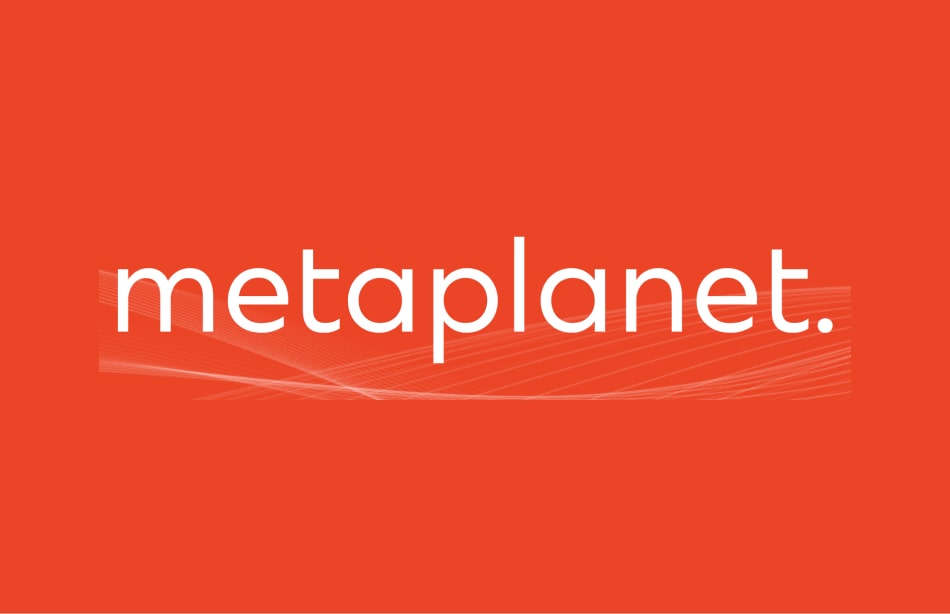
Key Takeaways
- Mastercard is building a blockchain network to connect banks, merchants, and consumers.
- It has filed over 250 blockchain patents and supported 43 startups since 2021.
- Partnerships with JPMorgan, Standard Chartered, and Ondo Finance are expanding use cases.
Mastercard’s blockchain vision
Mastercard is working to replicate its global payments infrastructure in the blockchain world, aiming to create a Venmo-like experience for moving digital assets.
The company is building out its Multi-Token Network to allow consumers, merchants, and financial institutions to transact using blockchain, according to Raj Dhamodharan, Mastercard’s executive vice president of blockchain and digital assets.
Dhamodharan said:
We bring the scale and reach that we have to the space for the money to flow between the two worlds in a simple way.
Targeting major banks
To make this a reality, Mastercard is targeting major banks to join its network.
It has already partnered with JPMorgan and Standard Chartered to build use cases like tokenizing carbon credits and improving cross-border payments.
Retail consumer initiatives
For retail consumers, Mastercard has launched over 100 crypto card programs worldwide, including rewards cards that offer Bitcoin instead of cashback.
The firm wants its 3.5 billion cardholders to move seamlessly between fiat and Bitcoin ecosystems.
Innovation and partnerships
Since 2015, Mastercard has filed over 250 blockchain-related patents and supported 43 startups through its accelerator.
The company’s recent partnerships include a February 2025 collaboration with Ondo Finance to tokenize institutional assets like money market funds and treasuries.
Foundation of blockchain push
Its Multi-Token Network, launched in 2023, is now the foundation of Mastercard’s blockchain push.
The November 2024 integration with JPMorgan’s blockchain sped up cross-border settlement times, making them 24/7.
Positioning in digital-asset infrastructure
Mastercard is capitalizing on regulatory momentum in Washington and renewed Wall Street interest to position itself at the center of digital-asset infrastructure.




